While winter may bring cold temperatures, snowy days and a resounding stillness to the Greater Yellowstone Ecosystem, it is also undoubtedly one of the most exciting seasons to go on a wildlife safari.
Yellowstone in winter is an extreme, exclusive place. Of the 300 miles of road in the Park, only 50 miles are open to regular vehicles between the months of November to April. A private, full-day winter tour with Yellowstone Safari Co. focuses on this region, the spectacular Northern Range between Mammoth Hot Springs and Cooke City, Montana, where some of the best wildlife viewing in North American can be found.
The Greater Yellowstone Ecosystem is a region steeped in history and wildness, where nature thrives as it did prior to human settlement. On your safari you will have an opportunity to view hundreds, if not thousands, of large mammals and other wildlife, including herds of bison and elk, gray wolves, mule deer, moose, bighorn sheep, mountain goats and more.
Нью-Йорк
Досліджуйте
 Унікальний досвід
Унікальний досвід
 Подорожі та транспортні послуги
Подорожі та транспортні послуги
 Тури, екскурсії та круїзи
Тури, екскурсії та круїзи
 Квитки та перепустки
Квитки та перепустки
 Квитки та перепустки на спортивні події
Квитки та перепустки на спортивні події
 Мала група
Мала група
 Сезонні та особливі випадки
Сезонні та особливі випадки
 Застосовані санітарні заходи
Застосовані санітарні заходи
 Заходи на свіжому повітрі
Заходи на свіжому повітрі
 Ймовірно, буде розпродано
Ймовірно, буде розпродано
 ЛГБТ-дружні тури
ЛГБТ-дружні тури
 Зручно для дітей
Зручно для дітей
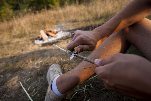 Залучає тварин
Залучає тварин
 Добре, щоб уникнути натовпу
Добре, щоб уникнути натовпу
 Їжа та напої
Їжа та напої
 Відмінна якість
Відмінна якість
 Заняття та семінари
Заняття та семінари
 Найкраще перетворення
Найкраще перетворення
 Аудіогіди
Аудіогіди
 Мистецтво та культура
Мистецтво та культура
 Віатор Плюс
Віатор Плюс
 Sustainable Tours
Sustainable Tours
 Limousine Transfers
Limousine Transfers
 Donut Walking Tour
Donut Walking Tour
 Virtual Experiences
Virtual Experiences
 Additional fees
Additional fees
 DSA non-compliant
DSA non-compliant
 Унікальний досвід
Унікальний досвід
 Подорожі та транспортні послуги
Подорожі та транспортні послуги
 Тури, екскурсії та круїзи
Тури, екскурсії та круїзи
 Квитки та перепустки
Квитки та перепустки
 Квитки та перепустки на спортивні події
Квитки та перепустки на спортивні події
 Мала група
Мала група
 Сезонні та особливі випадки
Сезонні та особливі випадки
 Застосовані санітарні заходи
Застосовані санітарні заходи
 Заходи на свіжому повітрі
Заходи на свіжому повітрі
 Ймовірно, буде розпродано
Ймовірно, буде розпродано
 ЛГБТ-дружні тури
ЛГБТ-дружні тури
 Зручно для дітей
Зручно для дітей
 Залучає тварин
Залучає тварин
 Добре, щоб уникнути натовпу
Добре, щоб уникнути натовпу
 Їжа та напої
Їжа та напої
 Відмінна якість
Відмінна якість
 Заняття та семінари
Заняття та семінари
 Найкраще перетворення
Найкраще перетворення
 Аудіогіди
Аудіогіди
 Мистецтво та культура
Мистецтво та культура
 Віатор Плюс
Віатор Плюс
 Sustainable Tours
Sustainable Tours
 Limousine Transfers
Limousine Transfers
 Donut Walking Tour
Donut Walking Tour
 Virtual Experiences
Virtual Experiences
 Additional fees
Additional fees
 DSA non-compliant
DSA non-compliant




 uk
uk
 English
English
 Russian
Russian
 French
French
 Polish
Polish
 Serbian
Serbian
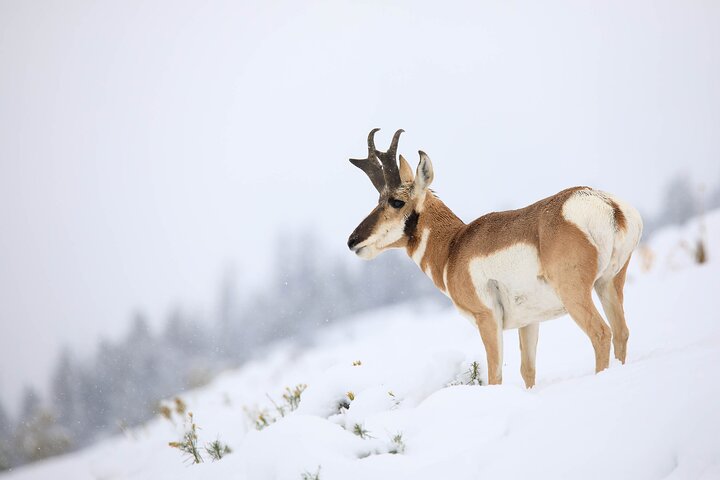

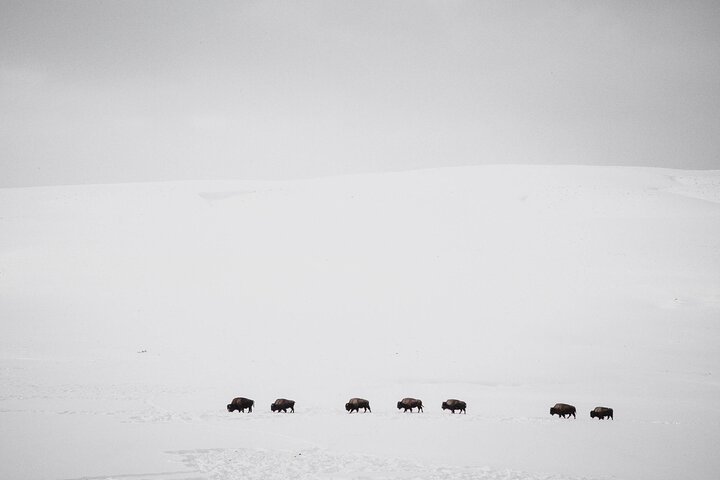
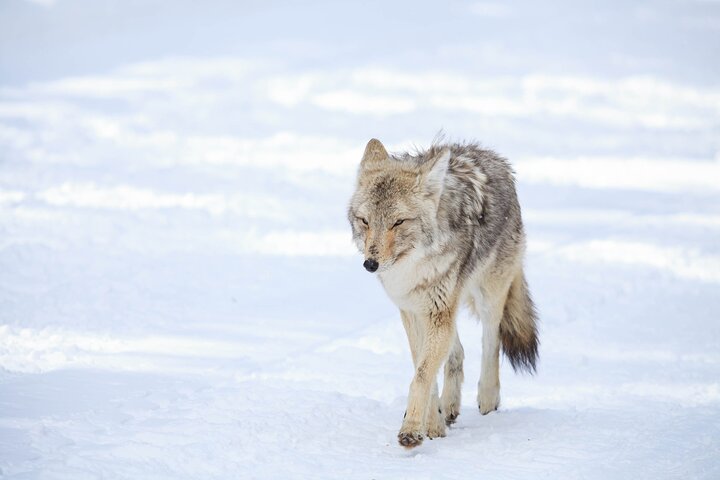
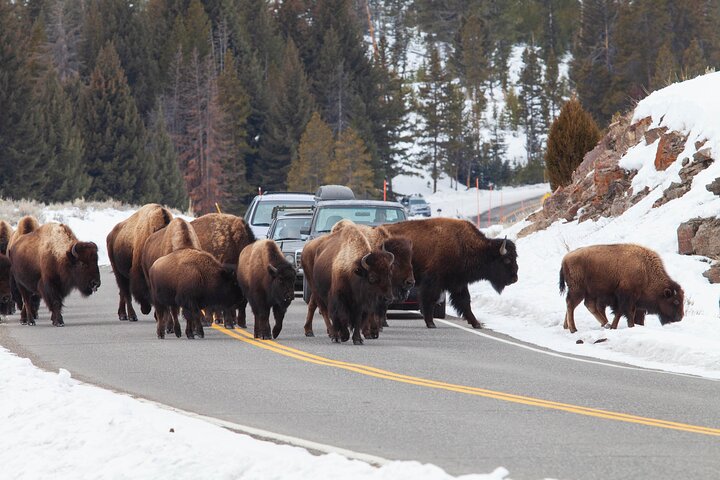
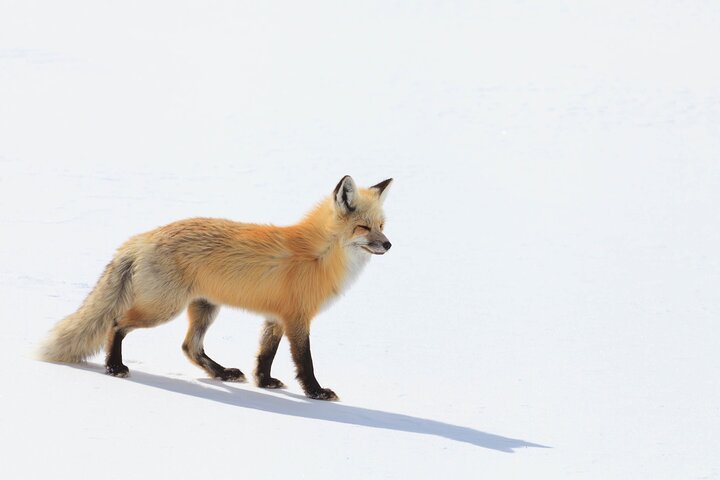
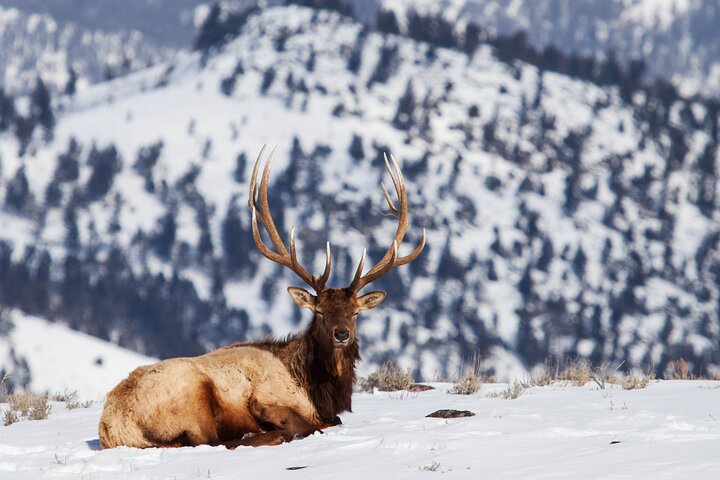
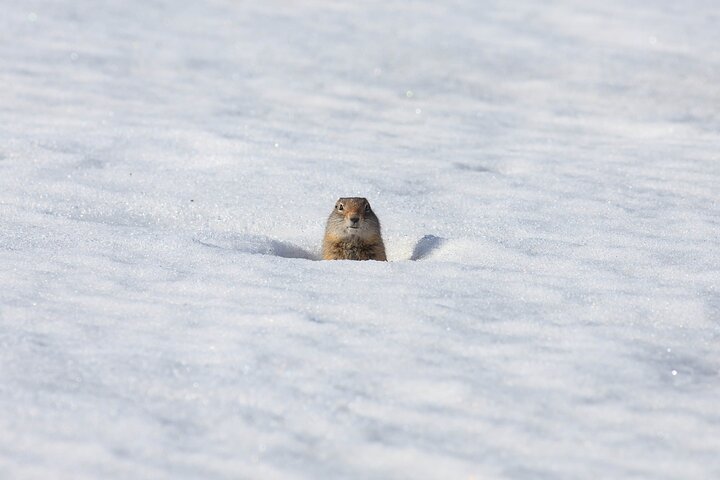
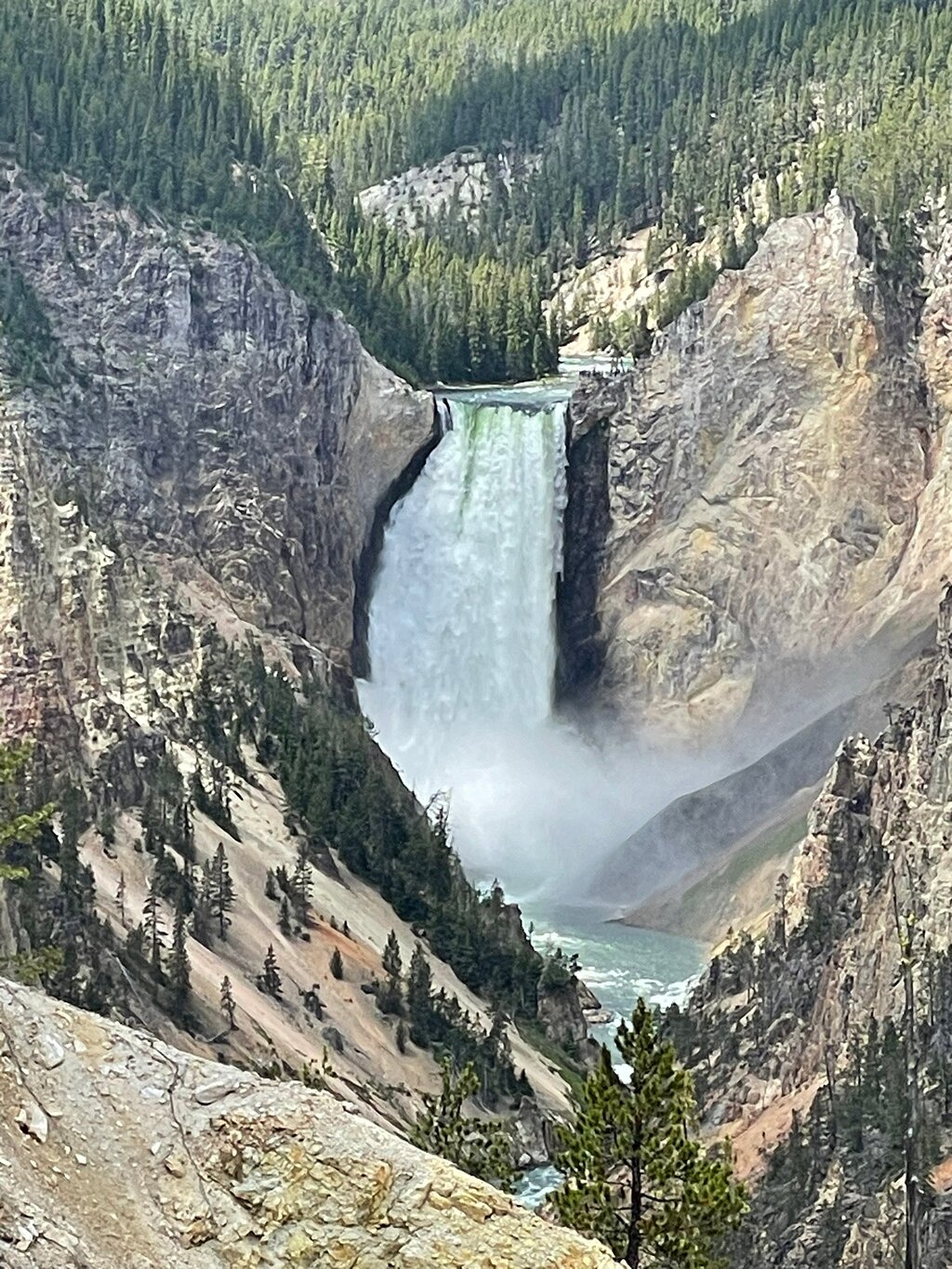
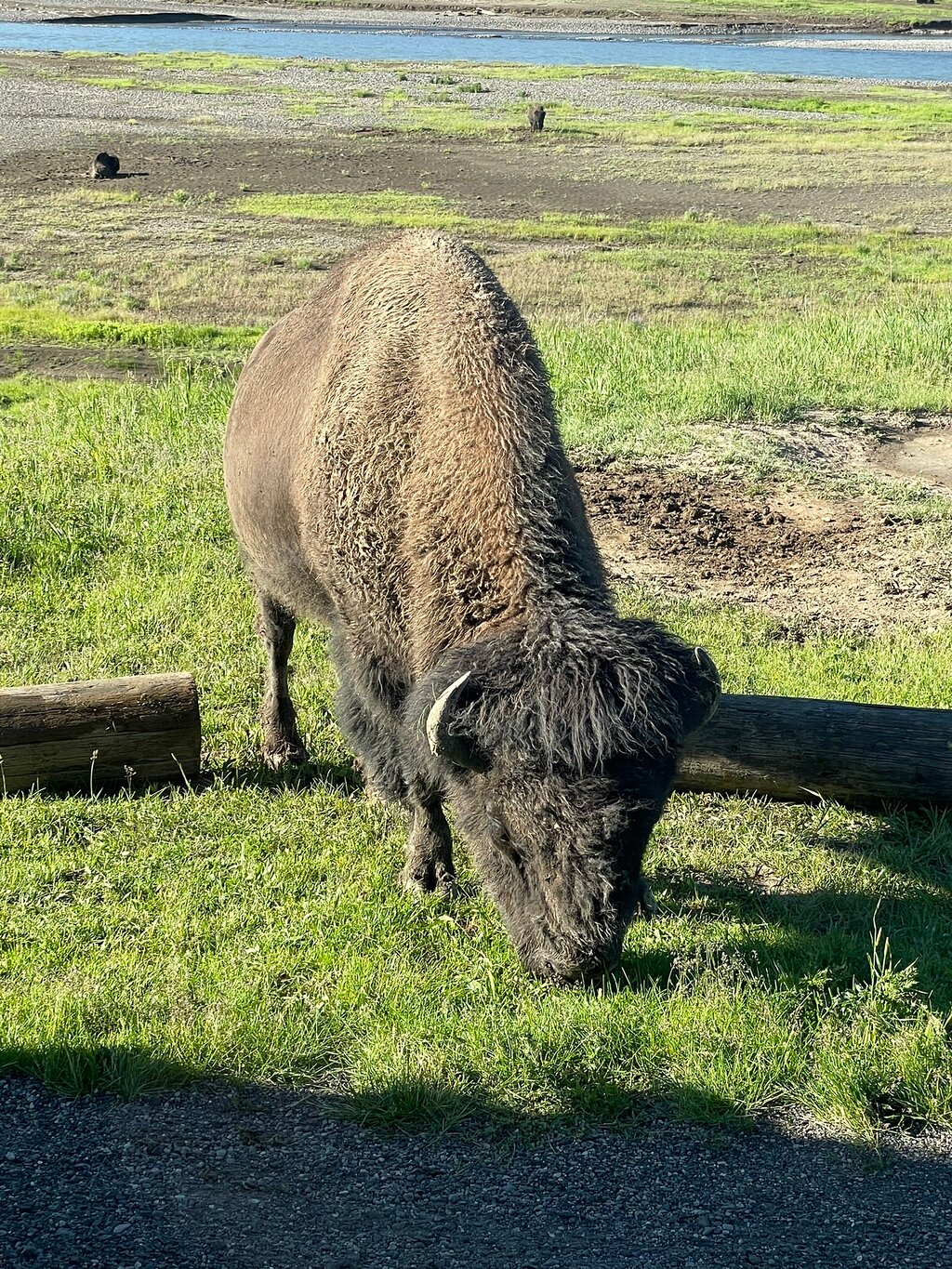
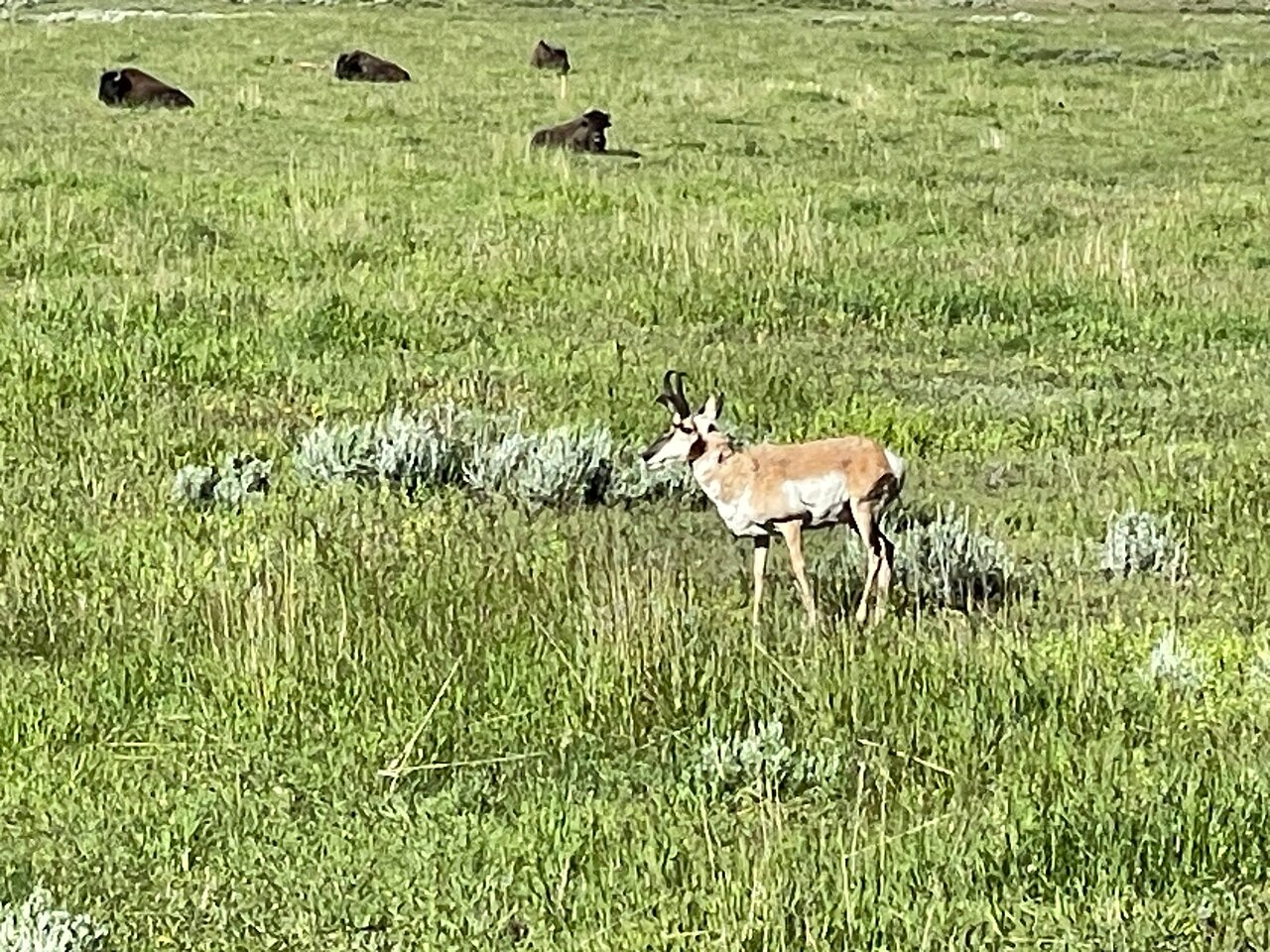
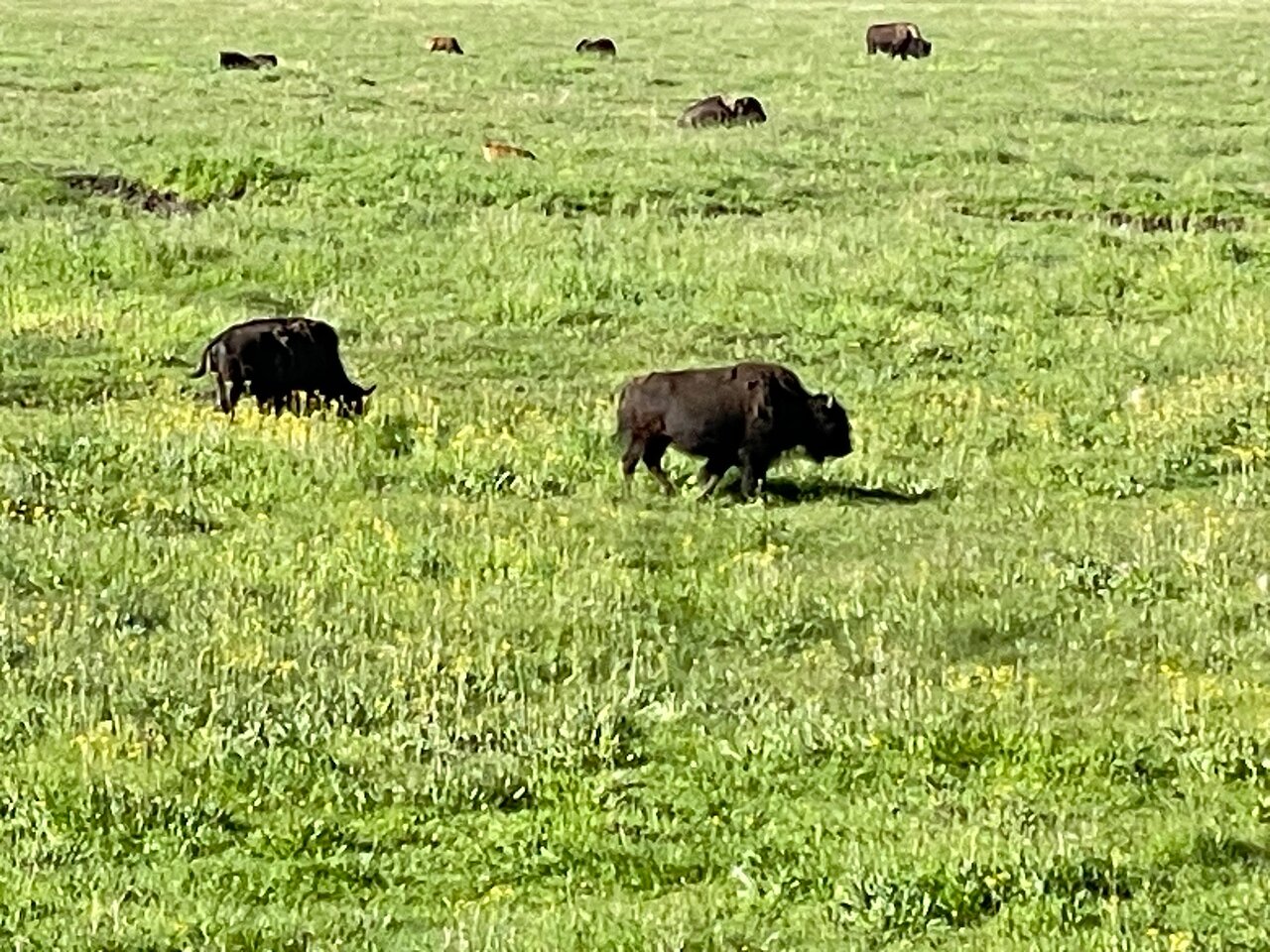
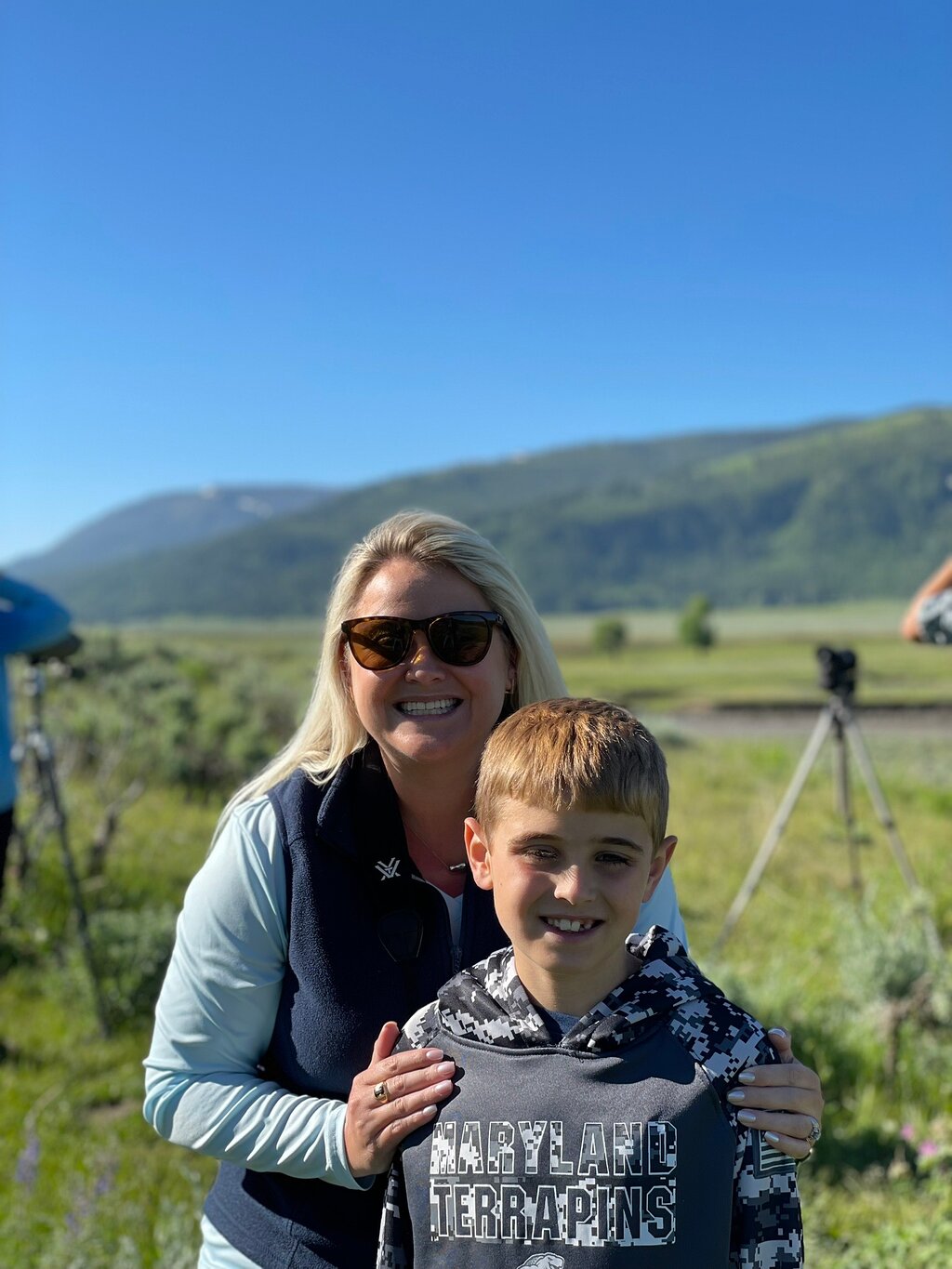
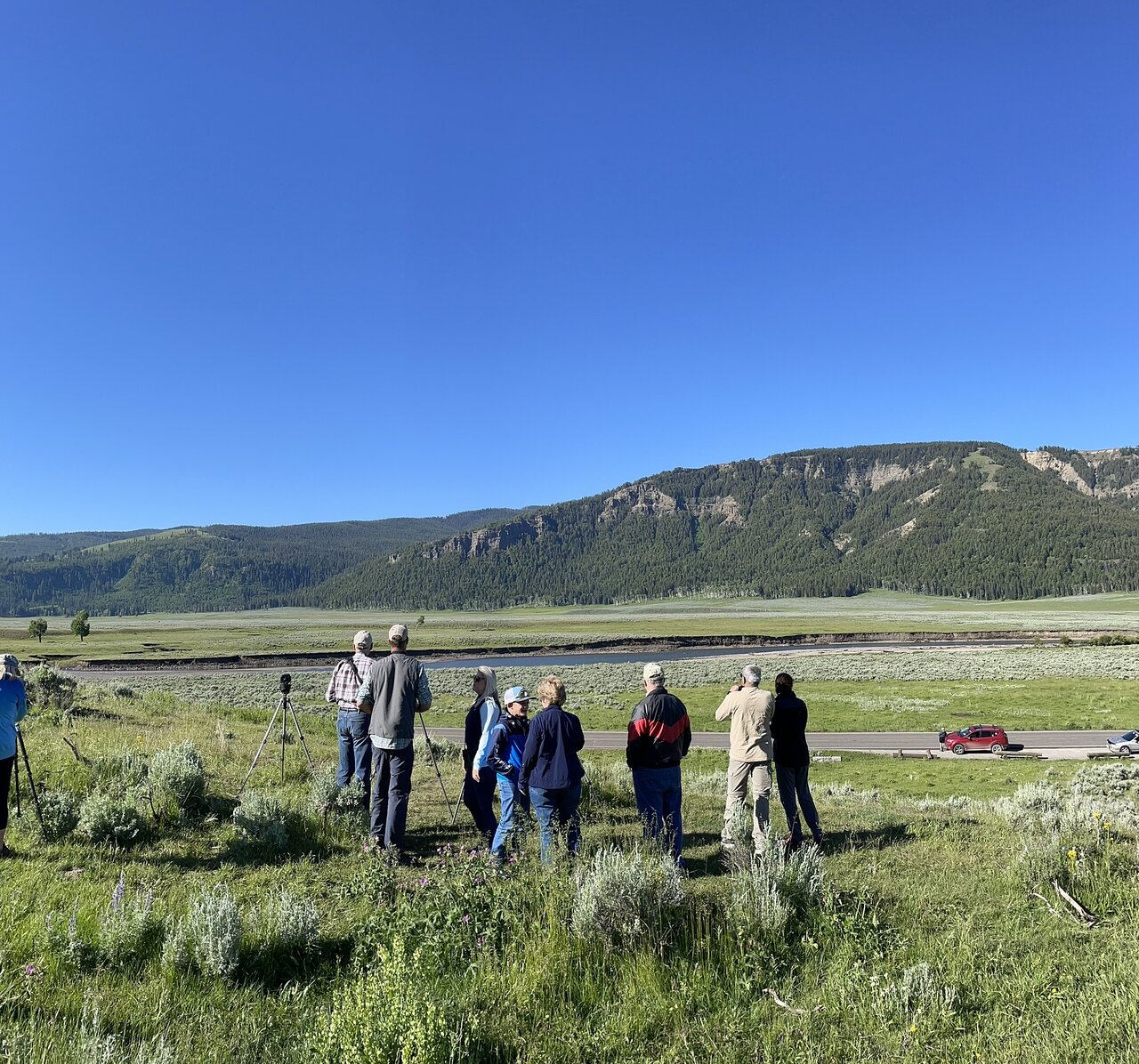

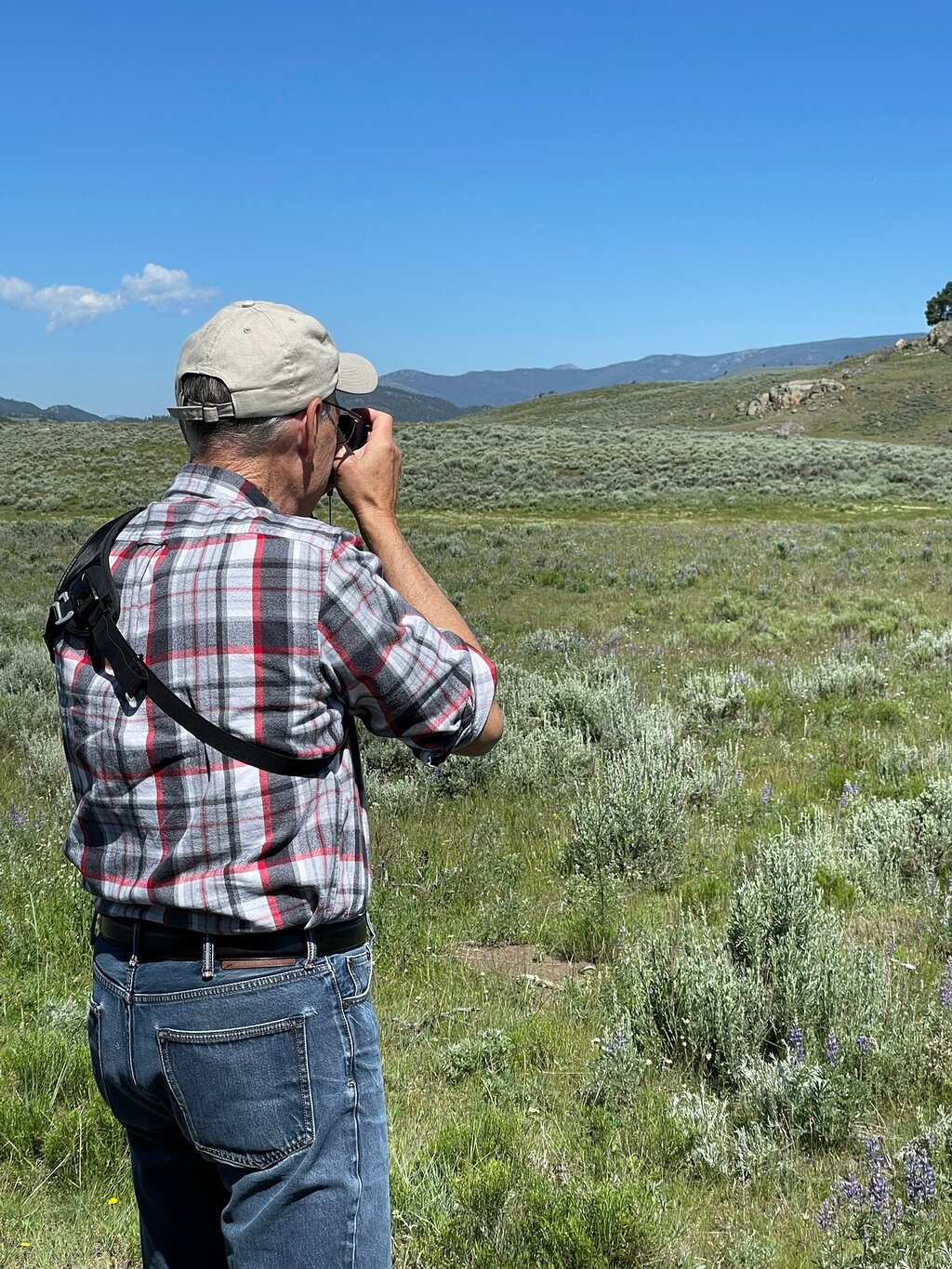
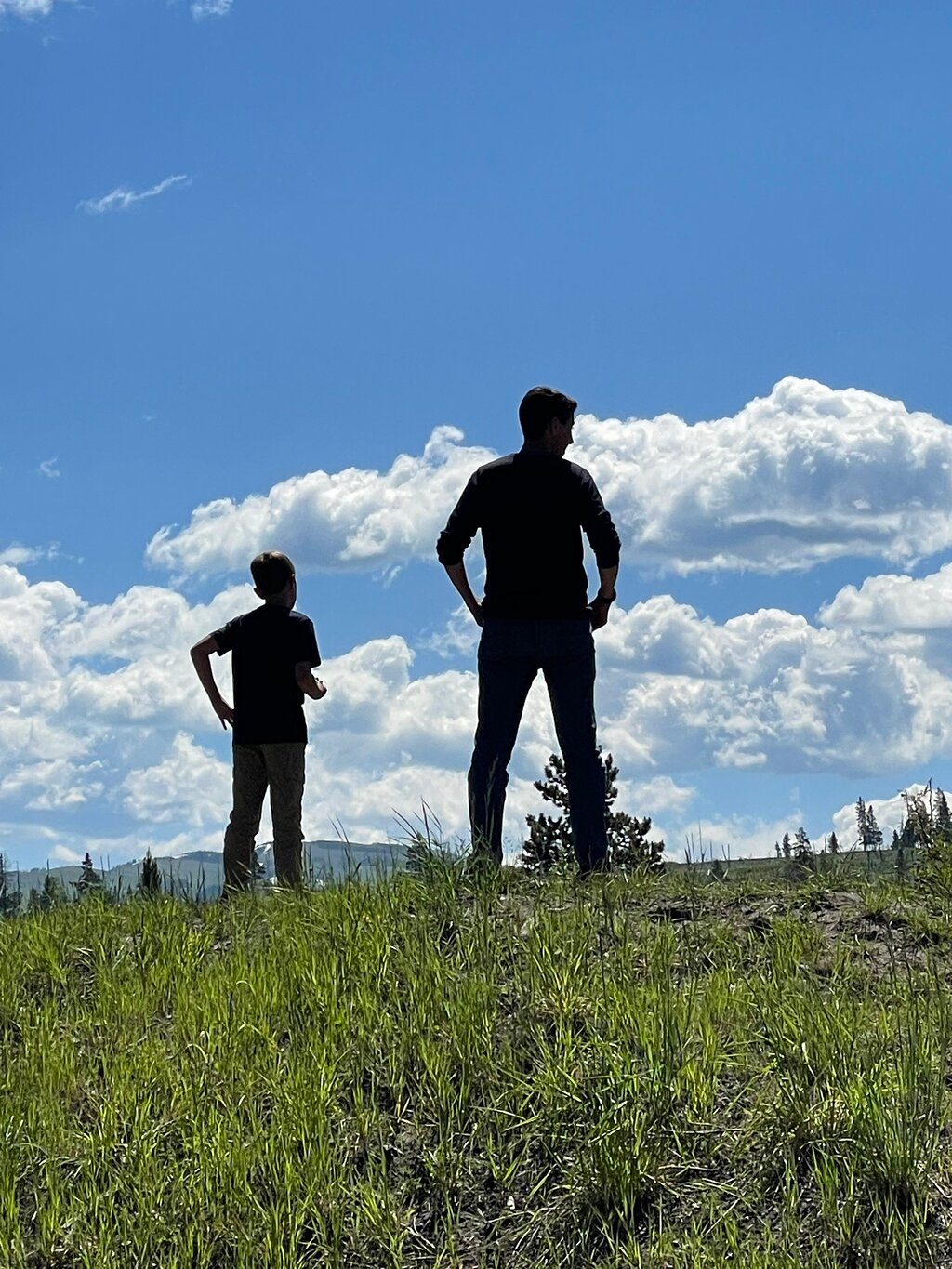

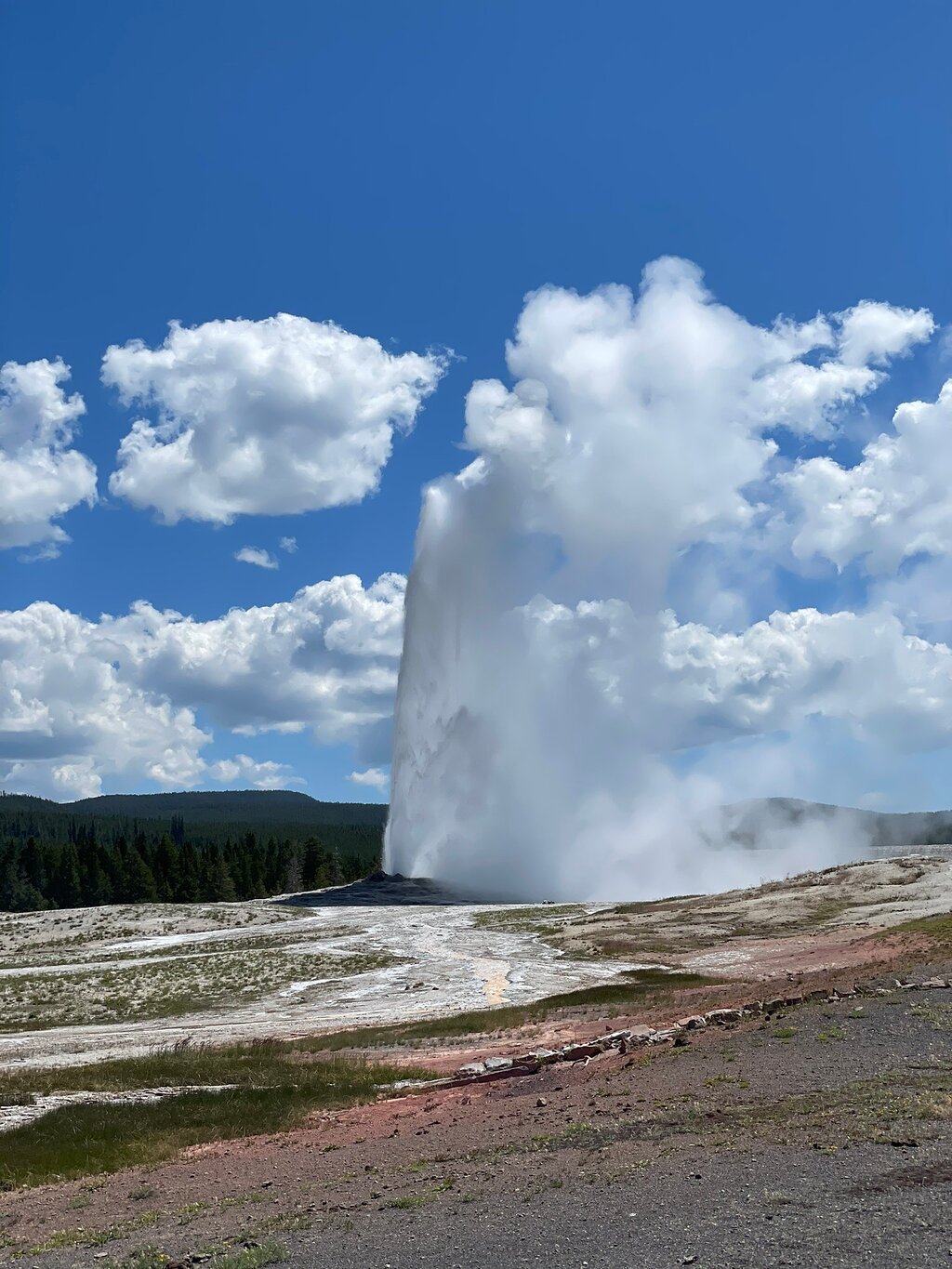

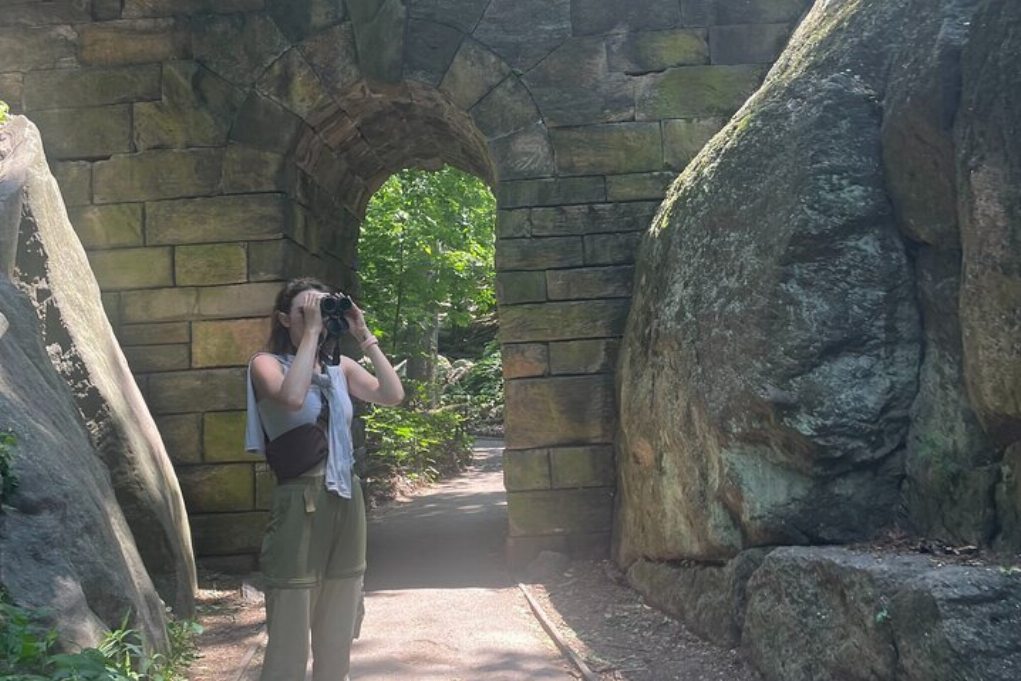

 більше
більше
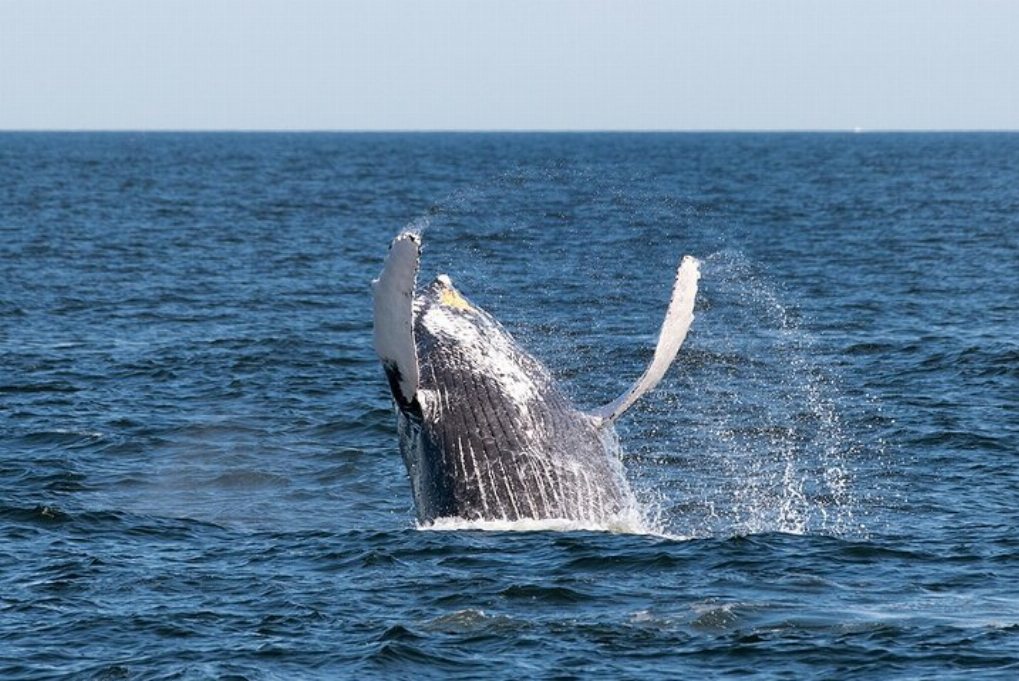
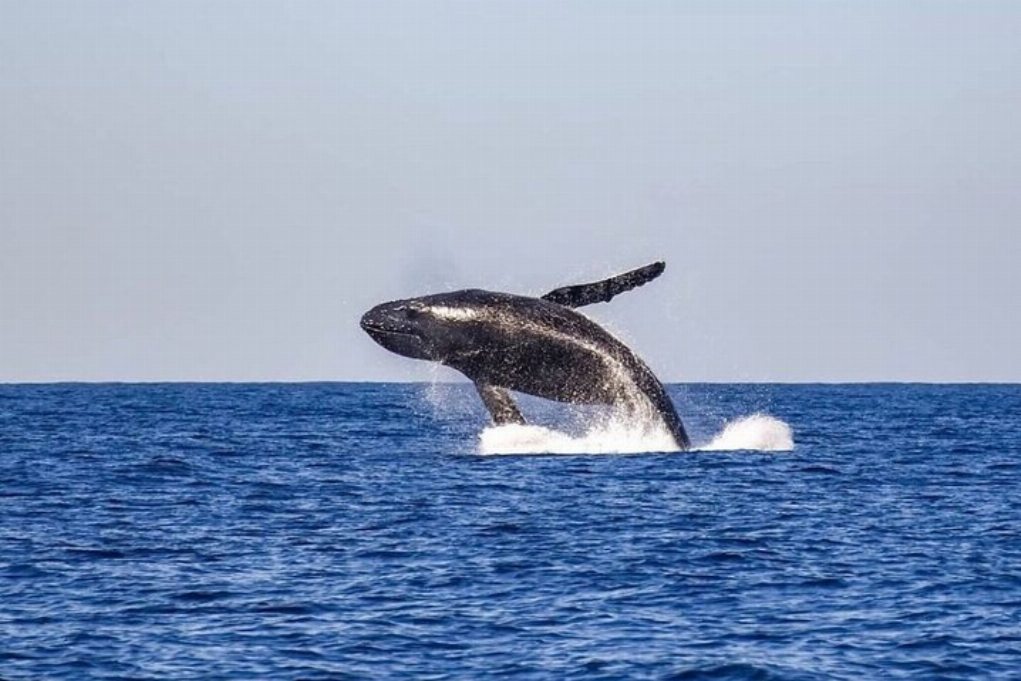

 Продовжуйте з Google
Продовжуйте з Google
 Продовжуйте з Facebook
Продовжуйте з Facebook
 Продовжуйте з Twitter
Продовжуйте з Twitter

